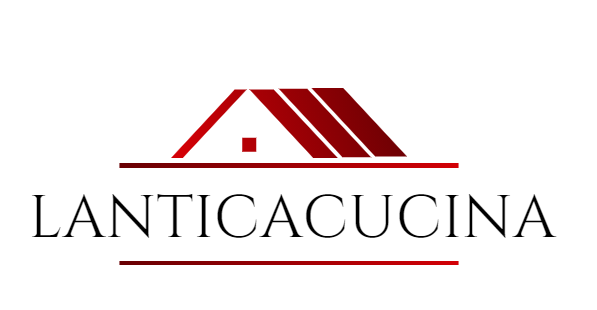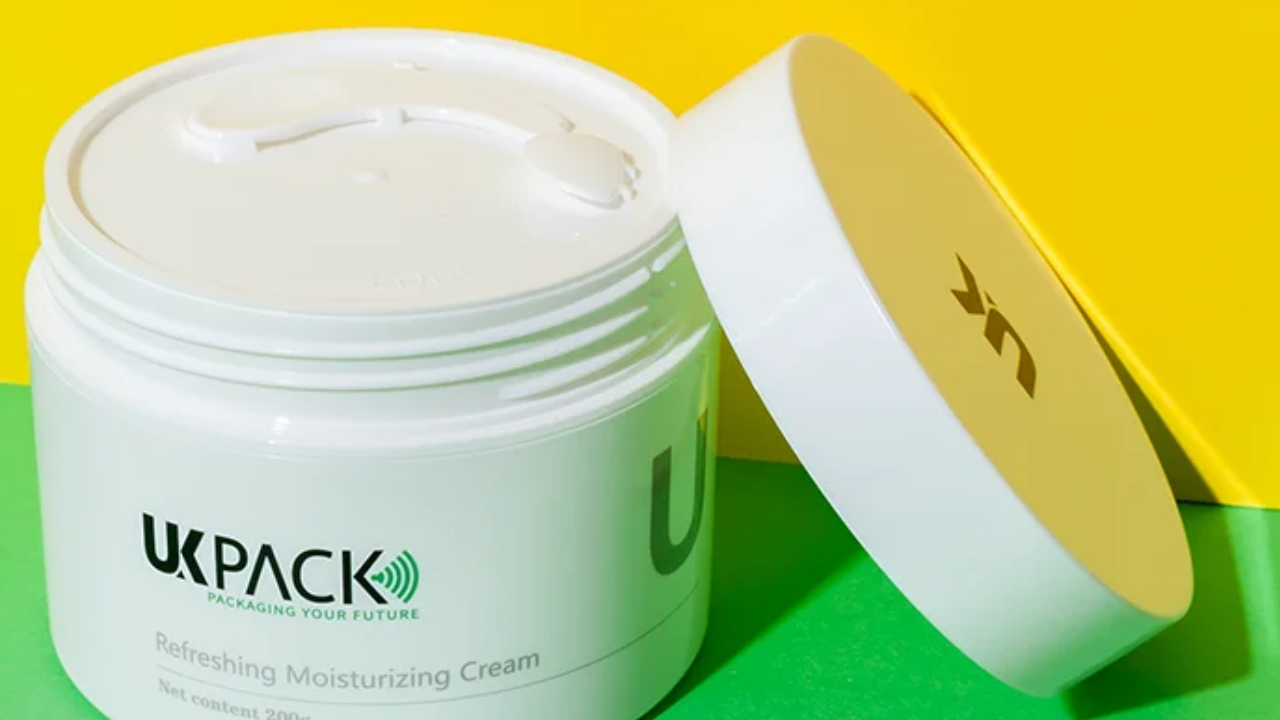In the domain of cosmetic packaging, sustainability has emerged as a power-reshaping corporate practice. Of the various strategies utilized to diminish ecological impacts, recycling stands out as the foundation of sustainable cosmetic packaging. From bottles and containers to cylinders and pressing holders, reusing plays a crucial role in limiting the biological impression of cosmetic items for the span of their lifecycle.
Recycling serves as a key part of chasing sustainability in the cosmetic industry for various convincing reasons. It conserves precious properties via enhancing and reusing substances collectively with plastic, glass, and aluminum, thereby lowering the need for virgin useful aid extraction. To see more details about cosmetic packaging follow this link https://www.ukpackchina.com/sustainable-cosmetic-packaging/. This useful aid conservation technique helps mitigate environmental degradation associated with aid depletion and extraction techniques.
The Basic Role Of Recycling In Sustainable Cosmetic Packaging
Inside the space of cosmetic packaging, reusing fills in as an establishment for manageability. in this detailed article, we will see the role of reusing in sustainable cosmetic packaging.
Resource Conservation
Recycling cosmetic packaging monitors significant sources by redirecting waste from landfills and decreasing the requirement for virgin substances. Substances like plastics, glass, and metals might be reused into new packaging or different items, broadening their lifecycle and limiting the extraction of crude substances from their environmental factors. Through a definitive circle of reusing, cosmetic groups can reduce their reliance on limited assets and contribute to the preservation of regular natural systems.
Waste Reduction
Recycling mitigates the expansion of packaging waste in landfills and seas, consequently tending to be one of the most pressing environmental challenges. Traditional cosmetic packaging, including plastic and glass, can persist in the environmental elements for heaps of years while possibly not being very much discarded. By empowering consumers to reuse their empty cosmetic bottles, brands can essentially diminish the amount of waste shipped off landfills and break down the adverse consequences on biological systems and the normal world.
Energy Savings
Recycling cosmetic packaging substances consumes much less strength compared to producing new substances from scratch. for example, recycling aluminum requires five percent of the power needed to produce virgin aluminum from bauxite ore. In addition, recycling glass saves strength by melting the glass cullet at lower temperatures in comparison to the manufacturing of new glass from raw materials. By protecting energy through recycling, cosmetic corporations can lessen their carbon footprint and make contributions to climate trade mitigation efforts.
Carbon Emissions Reduction
Recycling cosmetic packaging materials works with diminished ozone, harming substance outflows related to the extraction, handling, and transportation of raw substances. Producing new substances from virgin assets as often as possible requires huge energy inputs and emits ozone-depleting substances, including carbon dioxide. through reusing materials like plastics, glass, and metals, corrective partnerships can diminish their fossil fuel byproducts and support an extra-economic, low-carbon economy.
Consumer Engagement
Recycling engages consumers to effectively take part in the sustainability experience by giving them an unmistakable method for diminishing their natural impression. Numerous cosmetic producers furnish reusing projects or associations with reusing focuses to simplify it for consumers to reuse their empty packaging. By offering consumers the significance of recycling and offering clear orders on the most proficient method to appropriately discard packaging materials, brands can encourage a sense of ecological commitment among their consumer base.
Innovation Catalyst
Reusing fills in as a catalyst for the development of sustainable packaging solutions. Since the demand for reused materials will increase, so will the incentive for organizations to grow in innovation and cycles for reusing and upcycling packaging substances. From cutting-edge sorting innovation to novel reusing techniques, the development of reusing frameworks and practices is significant for sorting out the all-out capacity of a circular financial framework. By putting resources into innovative work, cosmetic businesses can constrain advancement toward an efficient recycling system.
Conclusion
Recycling plays a key role in promoting sustainability in the cosmetic business by protecting assets, decreasing waste, reducing power utilization, and catalyzing improvement. By embracing recycling as a focal part of their sustainability strategies, restorative associations can show their commitment to natural stewardship and add to a stronger and more economical future for a long time into the future.


